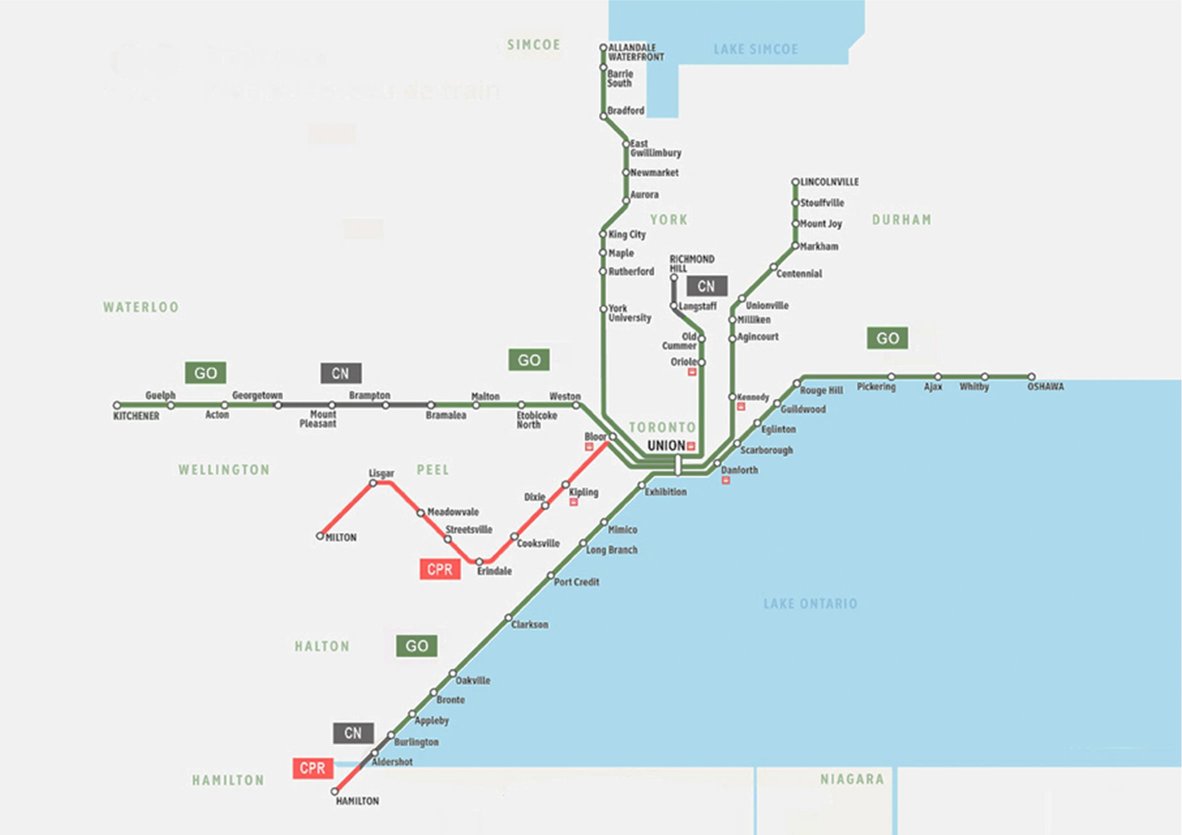
On June 7, 2000, GO Transit gained ownership and control of the tracks in the Union Station area and the CP Express building. Next steps: to develop the CP Express building into a GO Bus terminal.
The new millennium ushered in an era of technological advances aimed at making life easier. GO followed suit with a number of upgrades and improvements to its fleet, services and passenger conveniences.

On June 7, 2000, GO Transit gained ownership and control of the tracks in the Union Station area and the CP Express building. Next steps: to develop the CP Express building into a GO Bus terminal.
In 2000, GO Transit broke ridership records by carrying its 40-millionth passenger in one year.
On March 3, 2003, all Union Station GO Buses moved from their stops on Front Street to their brand new GO Bus terminal.
To make ticket-buying faster and easier, GO introduced new automated ticket vending machines on April 9, 2004. Passengers could use coins, credit or debit to buy one-way tickets and same-day-return fares.
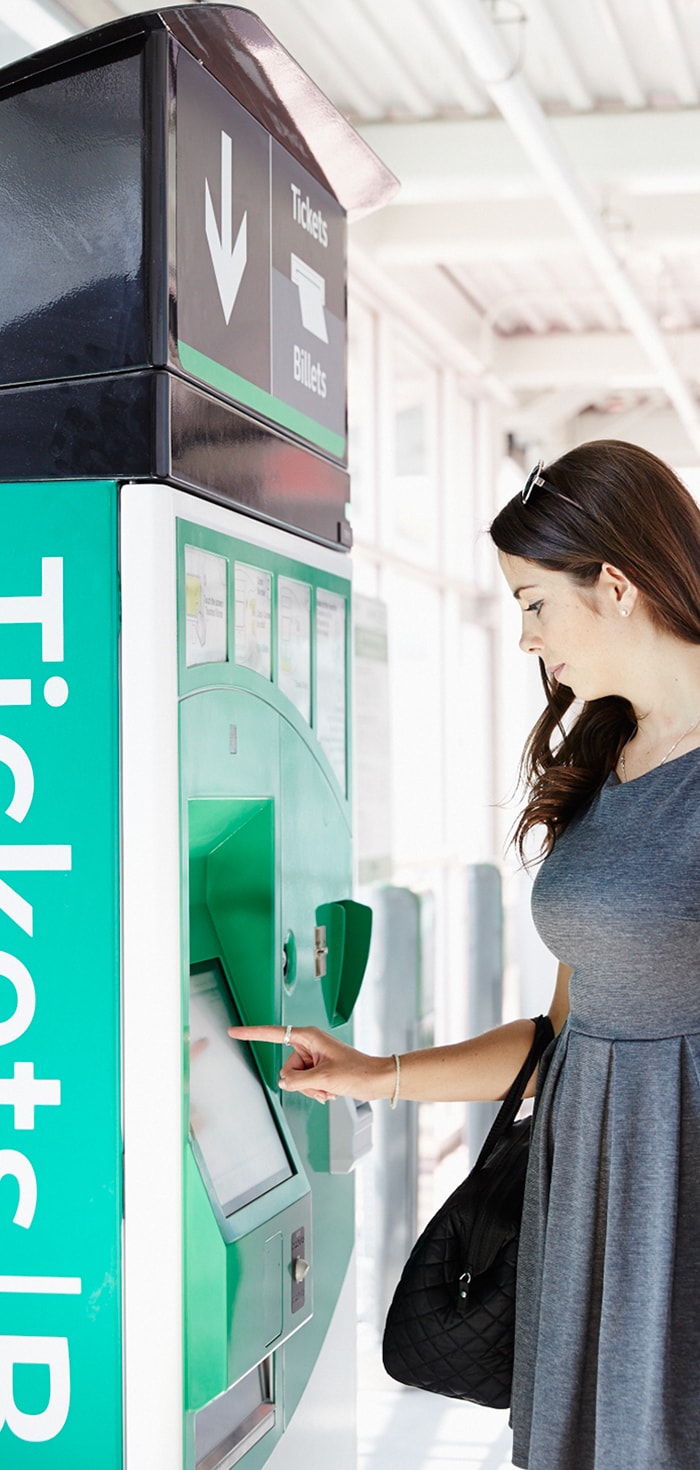
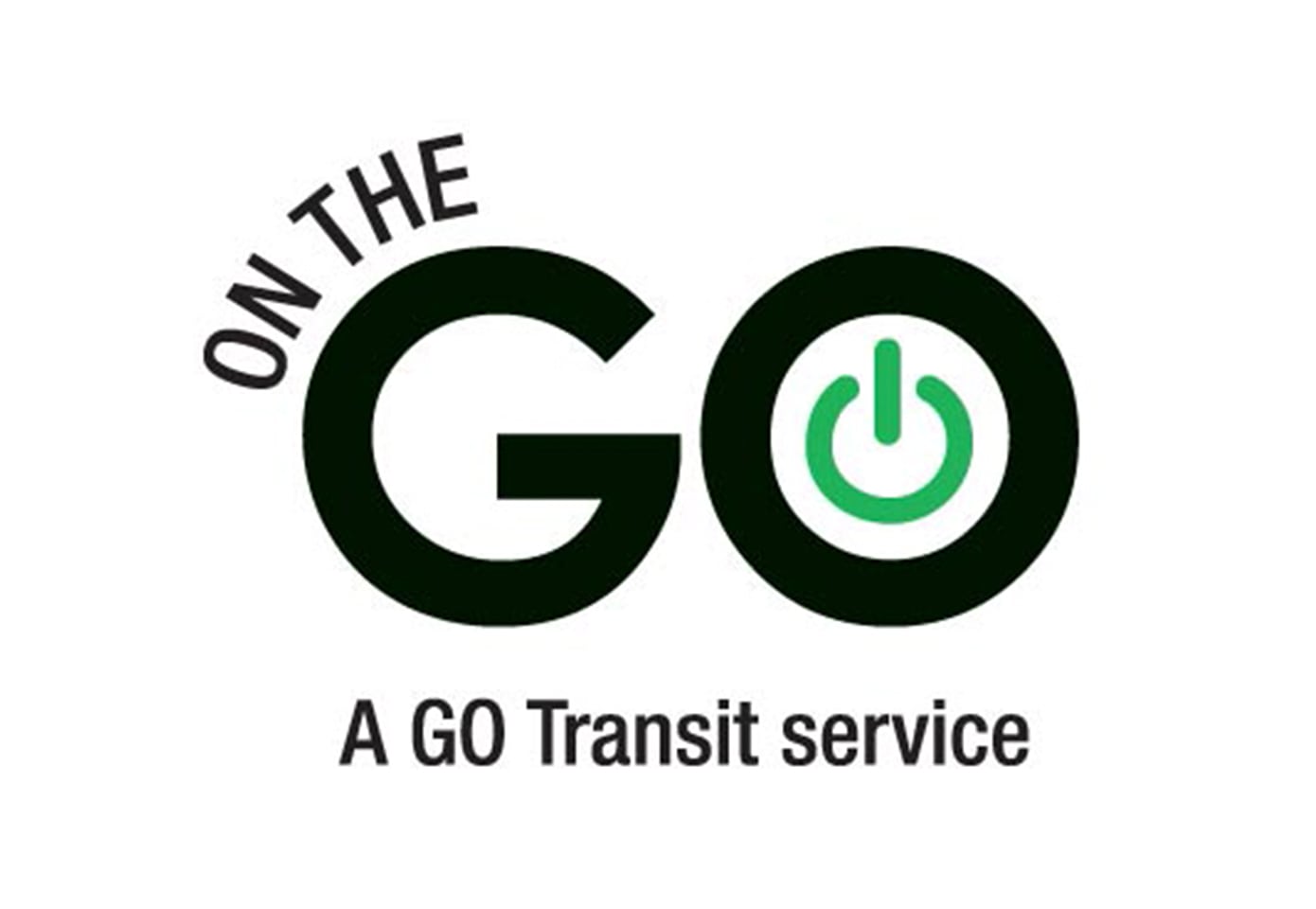
On August 15, 2005 GO Transit launched E-News, a customizable email subscription service to help keep passengers up to date on the services they use. Today, E-News is known as On the GO Alerts.
In 2006, GO's one billionth (that's billionth... with a 'b') passenger was celebrated.
In the Fall of 2007, GO added a new bus service between the University of Guelph and Cooksville. The express route serving Meadowvale, Bramalea and York University was extended to the University of Guelph and a new park-and-ride was built in Aberfoyle.
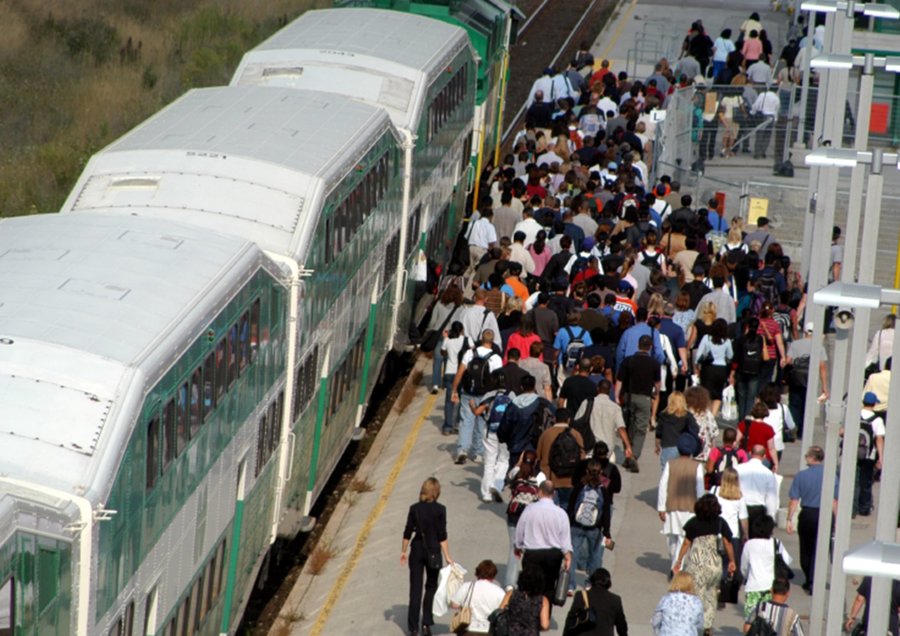
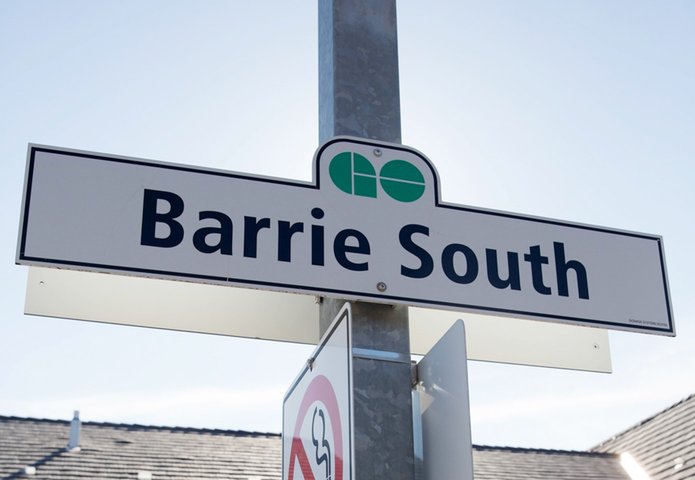
On December 17, 2007, the Bradford line was extended to Barrie South GO Station, restoring GO Train service to Barrie for the first time in 15 years.
Great news for cyclists: In 2008, all GO Buses in the fleet were equipped with bike racks.

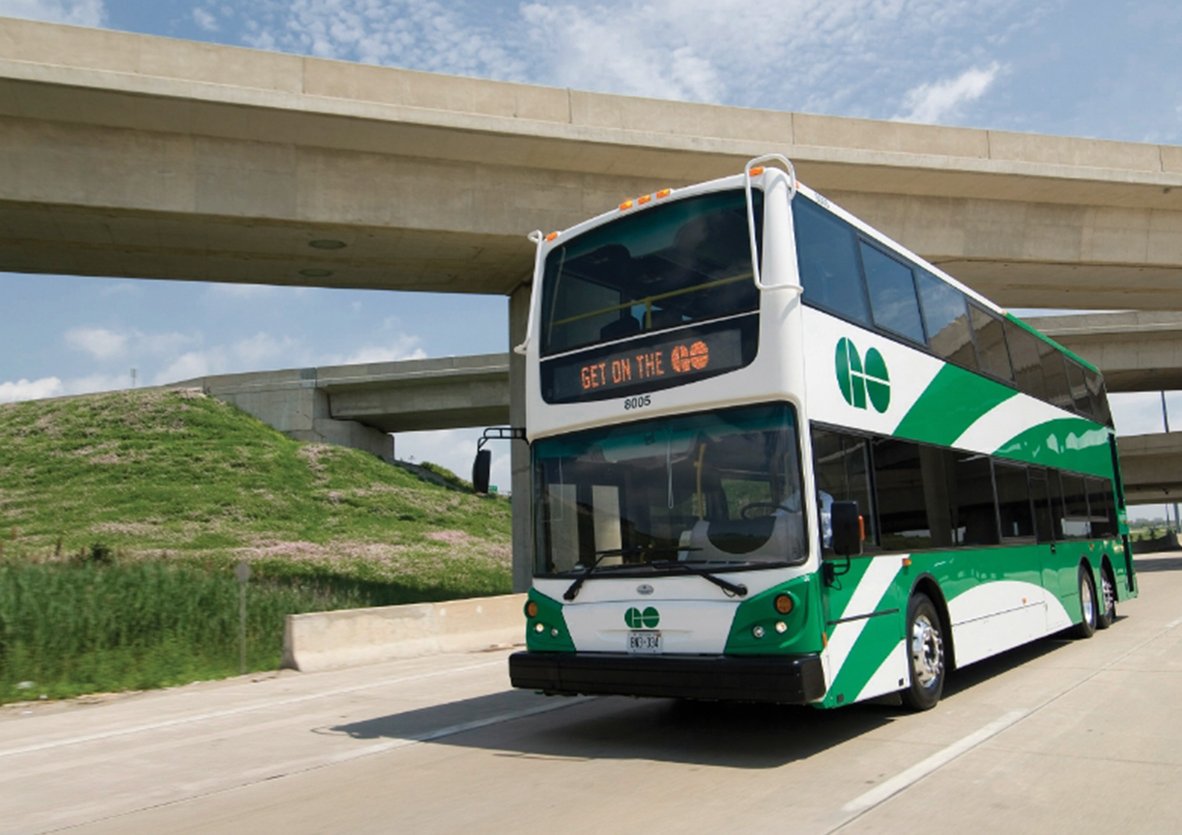
In 2008, GO introduced double-decker buses to its fleet on routes serving York University. At the time, double-decker buses were rare in North America.
In February of 2009, GO opened its environmentally-friendly 20,264 square-metre facility in Streetsville. Home to GO’s 22 double-decker buses, it was built to service 250 buses, with indoor storage for 104 buses.
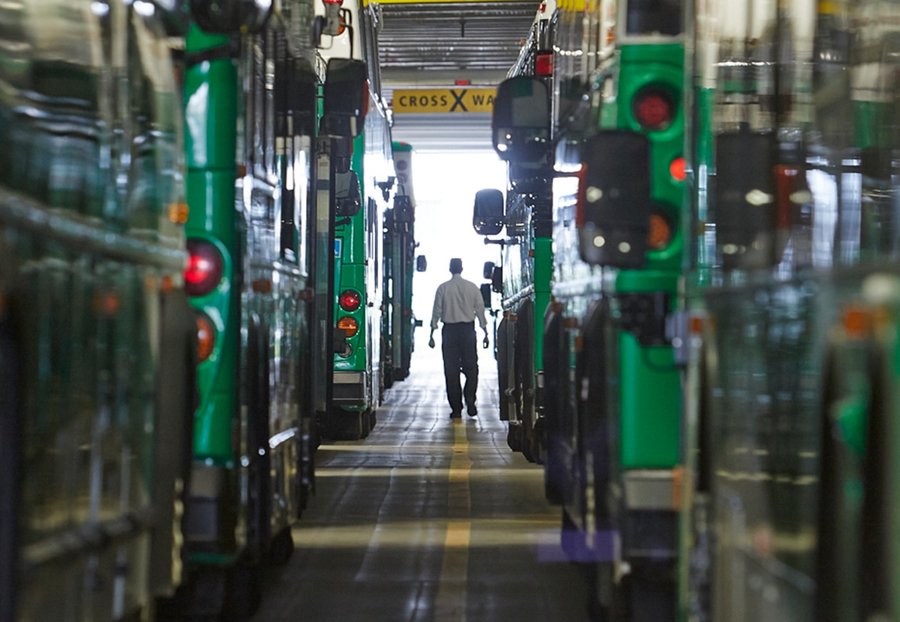
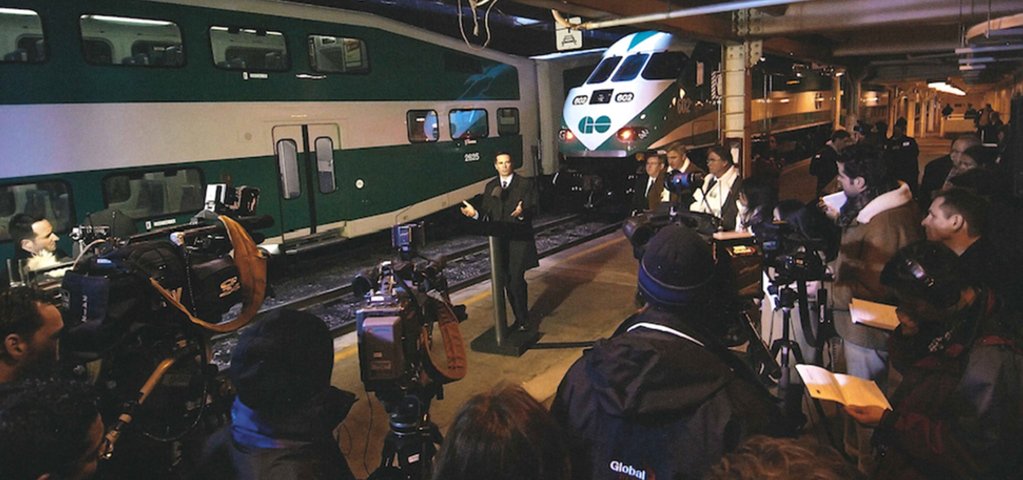
On May 14, 2009, GO Transit merged with Metrolinx after the Greater Toronto and Hamilton Area Transit Implementation Act was approved. With more than forty years of experience building and delivering transit throughout the region, GO would play a critical role in helping Metrolinx integrate and coordinate transportation for millions of customers in the Greater Toronto and Hamilton area.
In 2009, GO Transit adopted the new PRESTO payment system. The electronic fare card let riders 'tap and go' across GO Transit and nine other transit systems in the Greater Toronto and Hamilton areas.
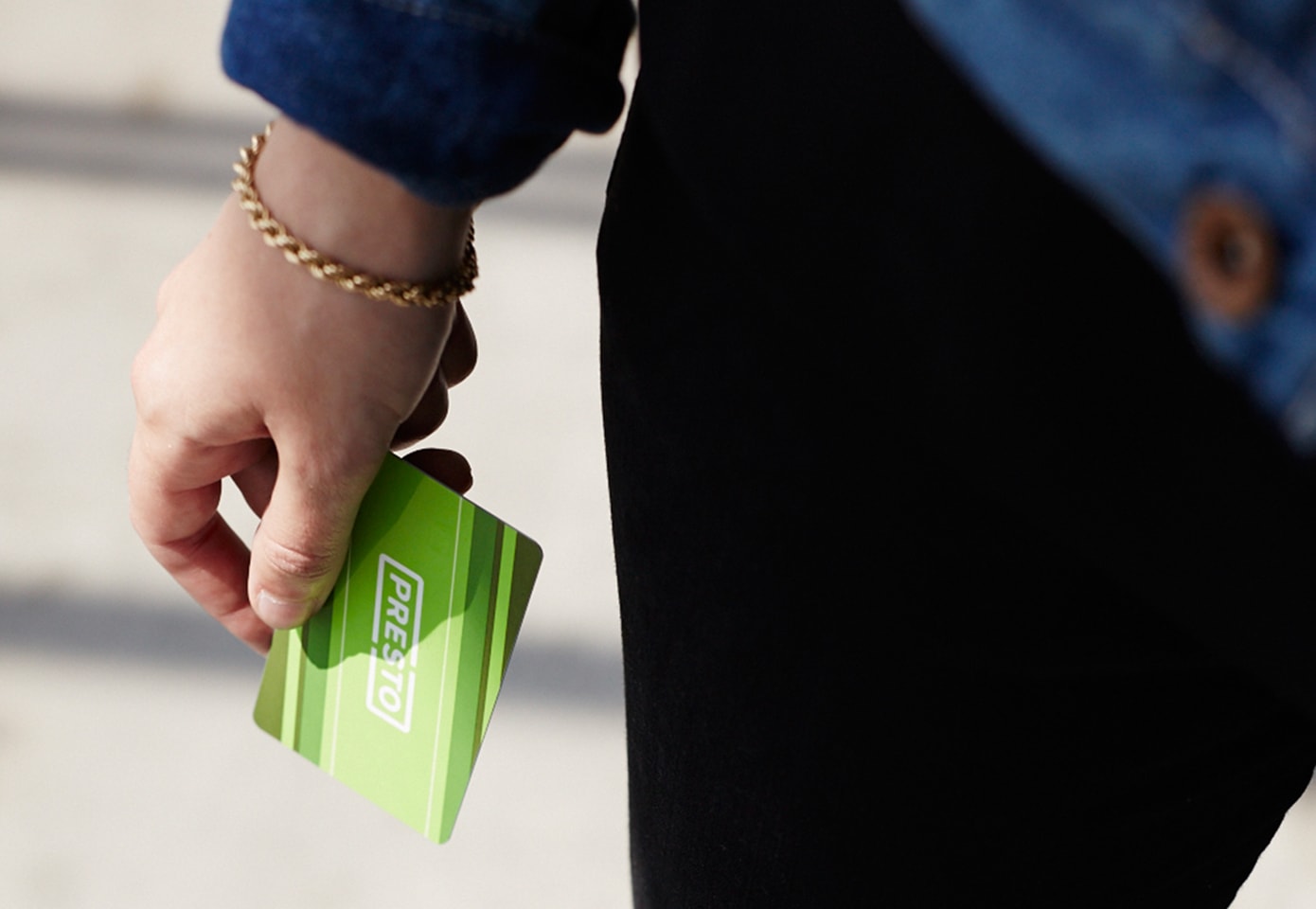
On December 19, 2011, GO Train service on the Georgetown line was extended to Kitchener, restoring service to Guelph for the first time in over 18 years. The line is now known as the Kitchener line.
As part of GO Transit's pledge to the people it serves every day, a new Passenger Charter was launched in 2011. The Charter outlined GO's commitment to passenger safety, comfort, communication and timely service.

In 2011, GO launched its online consumer panel called Let GO Know. Passengers were invited to answer surveys and polls to help shape and improve GO Transit service.
In 2013, GO Transit was the large system winner of the Outstanding Public Transportation System Achievement Award from the American Public Transportation Association. The award honoured GO's customer service, operations, safety and security, financial performance, community relations, environmental practices and more.
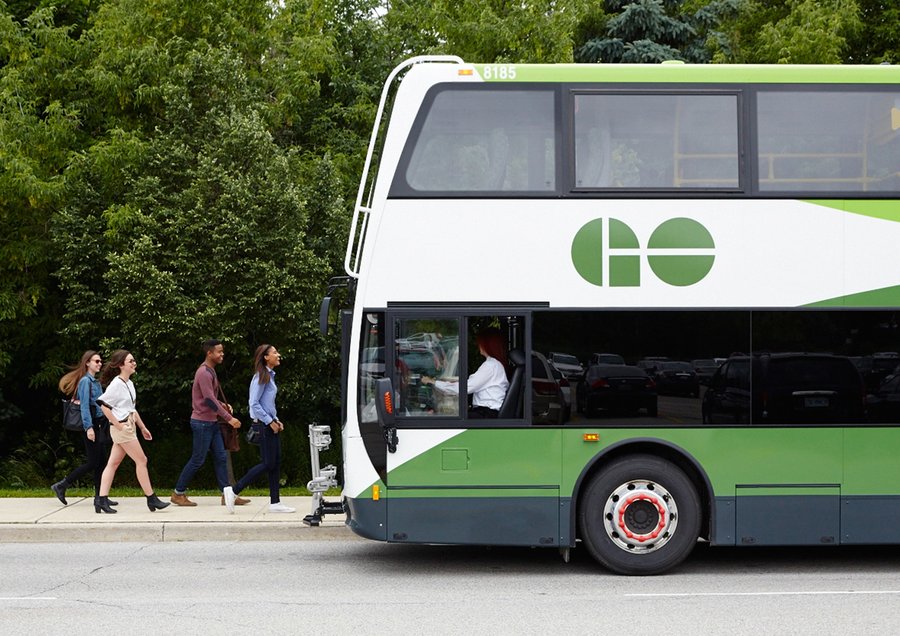
2013 was the year of updates and makeovers for GO. Brand new double-decker buses were added to the fleet, and GO introduced a new colour scheme for its trains and buses. Two completely new tones of green replaced the single tone that was used since GO launched in 1967.
In 2013, GO announced its biggest expansion in 46 years with 30-minute, all-day service on the Lakeshore lines. This gave customers more than 263 additional train trips a week.
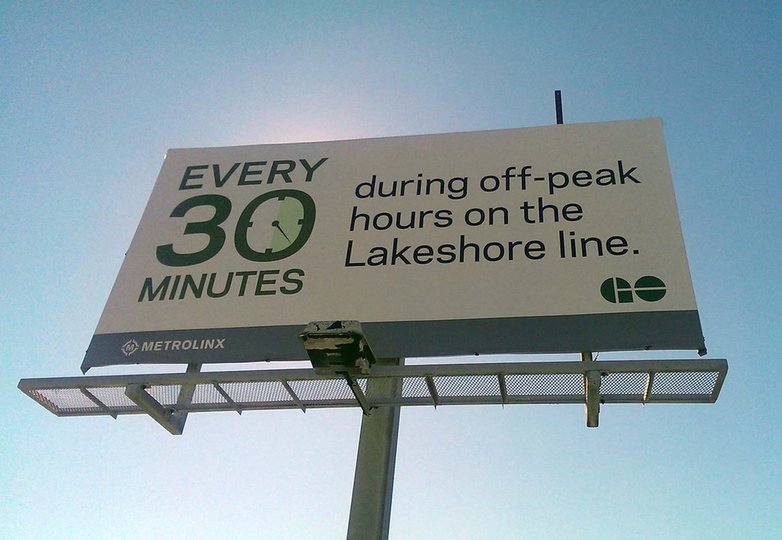
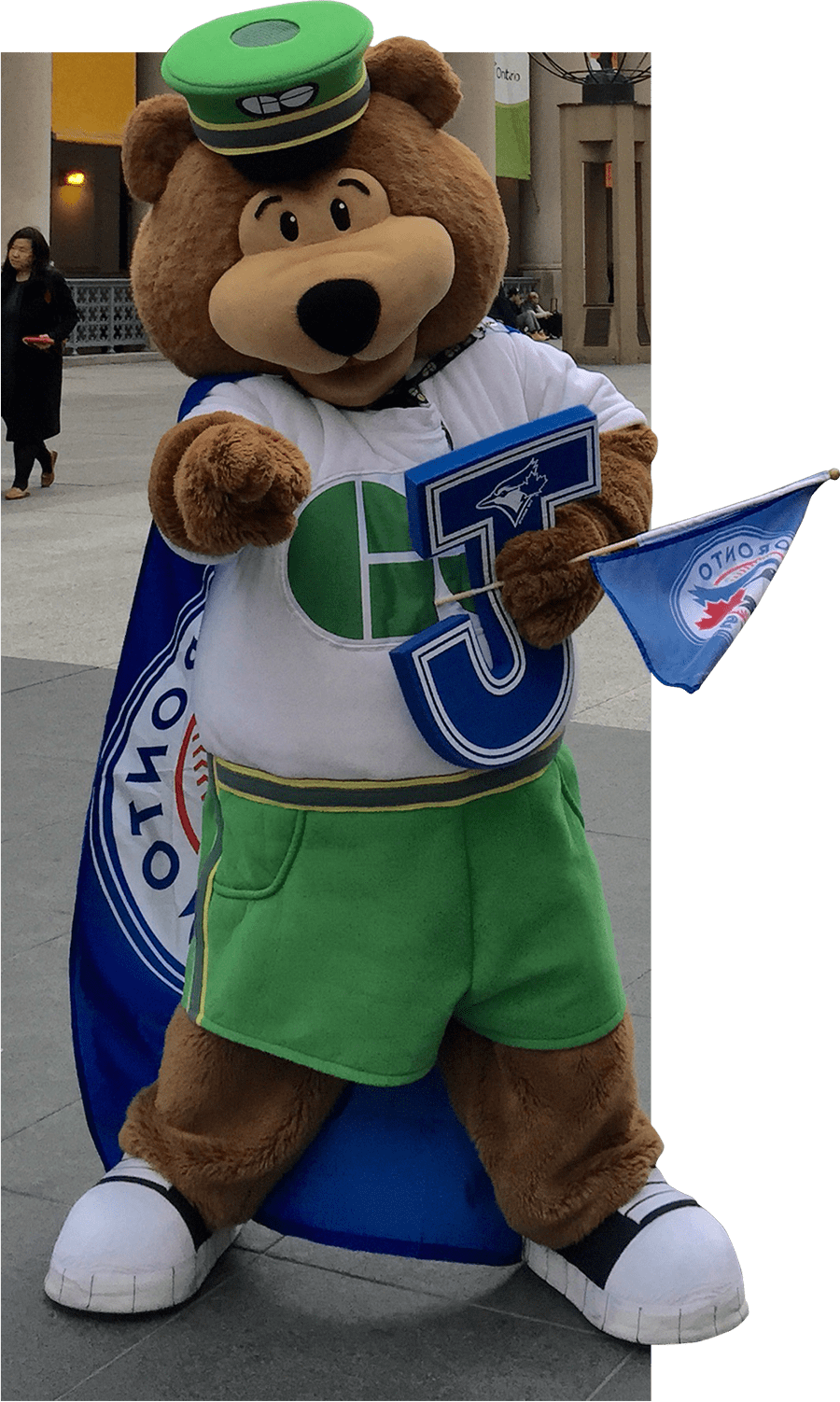
In 2014, GO's beloved mascot, GO Bear, got a makeover. Cuter and more cuddly, he was a big hit with passengers and Blue Jays fans alike.
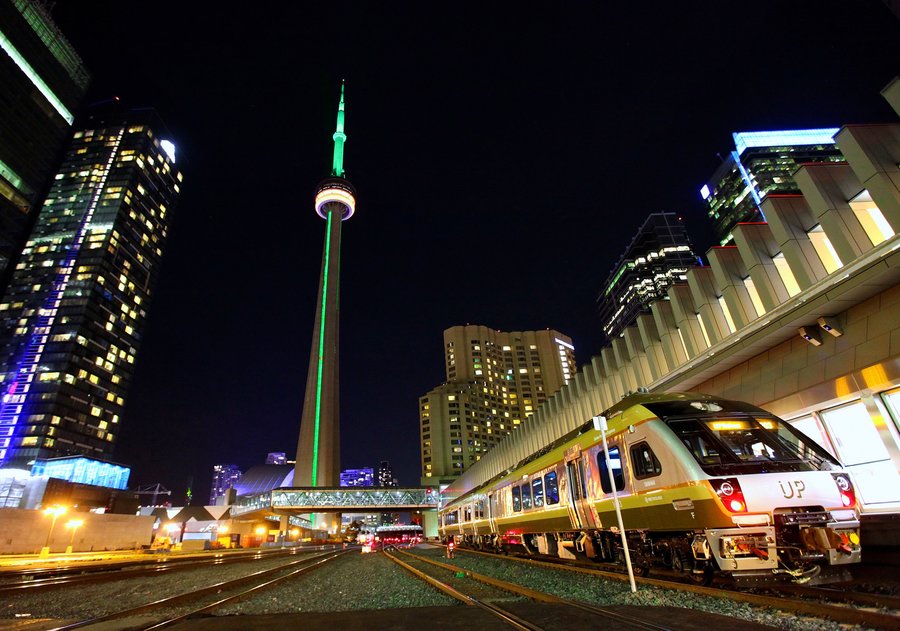
On June 6, 2015, Metrolinx launched the Union Pearson (UP) Express. It was North America’s first dedicated express rail train, providing regular service between Union Station and Toronto Pearson Airport in just 25 minutes, with trains departing every 15 minutes, 19.5 hours a day. The service runs along a stretch of GO rail corridor that is shared by the Kitchener, Milton and Barrie lines and also stops at Bloor and Weston GO Stations.
From July 10-26, 2015 Toronto hosted the Pan-Am Games, welcoming 6,132 athletes representing 41 National Olympic Committees in the Americas.
April, 2016
Amanda Marie planned a trip from Hamilton to St. Catharines for a job interview. The ticket she bought in advance was wrong, as the driver told her when she tried to board the bus. She told him she didn't have time to get a new ticket because of the interview. He waited. Those extra two minutes got her to the interview on time. She got the job, met her husband, and they now have a baby girl together.
In 2016, GO Transit launched its humorous and award-winning customer etiquette advertising campaign, #EtiquetteFail.
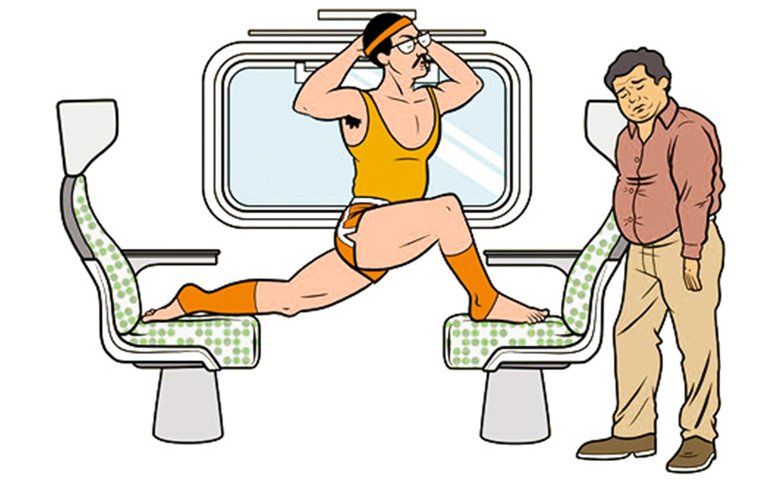
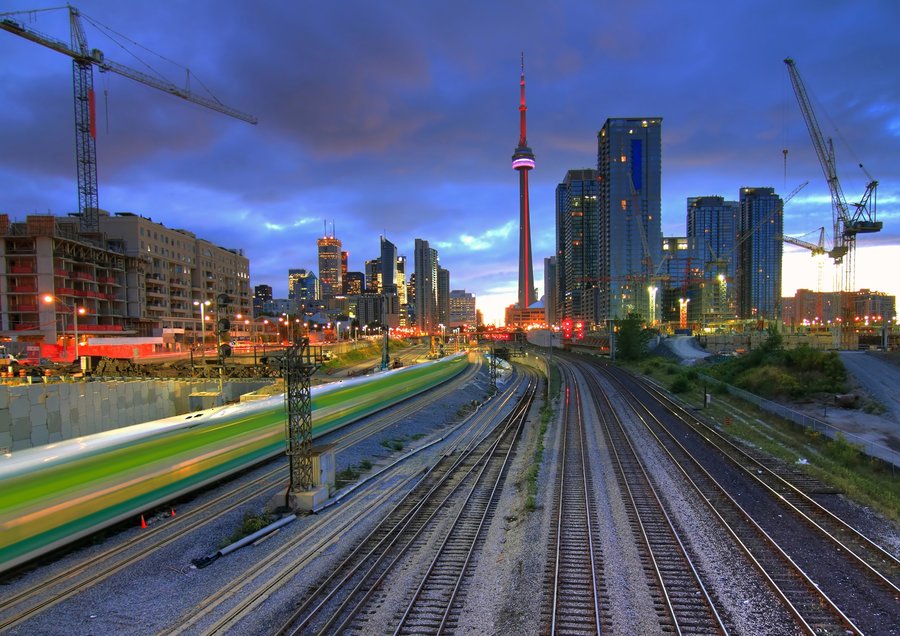
Metrolinx is transforming the GO rail network to provide faster, more frequent, and more convenient GO Train service in core areas. Metrolinx will provide two-way, all-day electrified service every 15 minutes on the Lakeshore West, Kitchener, Barrie, Stouffville and Lakeshore East lines, with even more frequent service during peak travel periods.